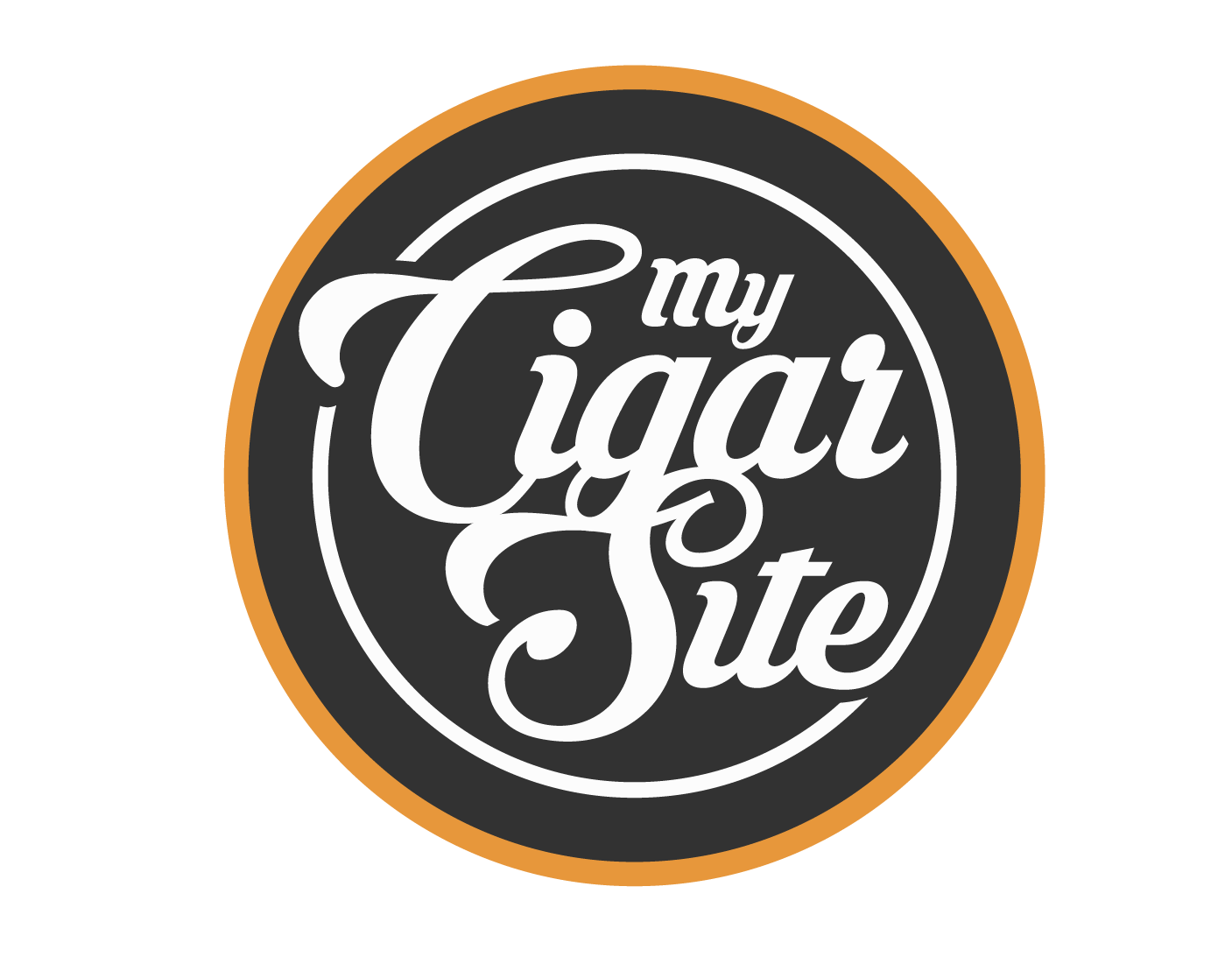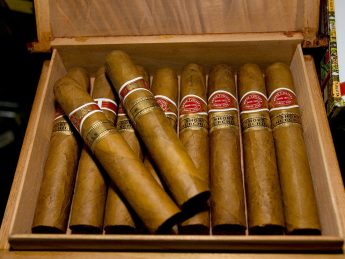Introduction
Quick Navigation
If you are new to cigars, you may be a bit confused every time you go to your local tobacco shop. There are different numbers of brands to choose from, which can confuse the buyer; also, the size of one brand’s Churchill will be different from other brands Churchill. It can be a lot confusing, but there are some factors that you can look for in a good quality cigar that will make it easy to select the best cigar for you. The criteria used in deciphering any cigar’s origin include the brand, size, color, and shape. If you want to know what all the fuss is about Cuban cigars, you have found the right article; we will tell you what you need to know about Cuban cigars.
Brand Name
The first factor to consider is the brand name. The brand is basically the name the manufacturer gives to a line of cigars. A few of the well-known name brands include Partagas, Davidoff, Punch, Macanudo, and Montecristo. You will find the brand’s names on the cigar band wrapped around the cigar’s head or the closed end.
Also, keep in mind that the brand name can also confuse you because some of these brands were produced in Cuba first before they were transported. This confusion started after the Castro Revolution in 1959, a lot of cigar manufacturers left and felt like they could carry their brand name with them, but the Cubans said the brands belonged to the country. Because of this, you will find a Punch being made in Honduras and another one made in Cuba. This also affects other brands such as Ramon Allones, Romeo y Julieta, Hoyo de Monterrey, Por Larranaga, La Gloria Cubana, Partagas, and a whole lot more. You can tell the difference through a tiny Habano or Havana inscribed unto the cigar’s band.
Color
The color of a cigar refers to the shade of the tobacco leaf used in wrapping the cigar(i.e., the outermost leaf). Different manufacturers use various names for the wrapper leaves grown in Sumatra, Cuba, the United States, and Brazil. Cigar makers in the U.S. usually describe wrapper leaves in eight to ten different shades. However, there are six main colors that are used to grade cigar wrappers. Wrappers are now grown in so many more countries than mentioned above; they are also grown in Nicaragua, Cameroon, Ecuador, and Honduras. The wrapper colors range from pale green to dark brown or black; the darker the shade of the wrapper, the higher its flavor. Below are the six basic shades used in describing cigar wrappers;
Claro Claro (Double Claro)
These types of wrappers are usually light green and are referred to as candela. The tobacco leaves are cured with heat in order to fix the chlorophyll that the leaf has. They sometimes have a sweet taste. However, this type of wrapper isn’t that popular today, but it used to be the most common type of wrapper sold on the American cigar market.
Claro
This type of wrapper has a light brown color that resembles a tan, and the tobacco leaves are usually grown under a shade. It is known and praised for its mild flavor.
Colorado
The shade of this wrapper is brown to a reddish-brown. It is also grown under a shade and has a pleasant and subtle aroma with a rich flavor.
Natural
The shade of this wrapper is light brown to a brown color. This wrapper is usually grown under the sun.
Maduro
Maduro is gotten from Spanish, it means ‘ripe’ and it is called that because of the extra time it takes to get a dark brown wrapper that is rich in flavor. A Maduro is usually oily, silky, and has a mild aroma with a strong flavor.
Oscuro
Oscuro means dark; it is sometimes called black or negro in some tobacco-producing countries. This leaf is usually left on the plant for the longest time before it is harvested. It is sweated or matured the longest.
Why Are Cuban Cigars So Great?
The greatness of any Cuban cigar lies in the quality of the cigar. First of all, the tobacco used isn’t a blend of different tobacco; it is 100% pure Cuban tobacco. A lot of cigar smokers prefer pure Cuban cigars to any other type of cigar.
However, the cigar’s quality doesn’t just depend on the quality of the tobacco plant; it also depends on when and how the plant is harvested. Cuban tobacco farmers have been working on tobacco fields and rolling tobacco since the 1500s, and they know what they’re doing when it comes to tobacco leaves. They harvest the tobacco leaf at the right time, allowing them to get the best possible taste for their cigars.
Some Of The Best Cuban Cigars
It can be challenging to choose one cigar as the best type of Cuban cigar, it just depends on your preference, and this means you have to try some cigars and also learn how to burn. However, there are some Cuban cigars that we can recommend as some of the best Cuban cigars. Below is a short list of some Cuban cigars you can try and decide to buy a box;
Cohiba Behike
These Cuban cigars are the most iconic; they are known for their yellow, black, and white label.
Partagas 898
This cigar is loved by many; some people only smoke this particular Cuban cigar.
Bolivar Coronas
This cigar is recognizable thanks to the picture of Simon Bolivar’s face that is on the label. It has a floral and sweet smoke.
H. Upmann
This cigar is one of the oldest cigar brands still in existence, and it was John F. Kennedy’s favorite cigar to smoke.
How To Spot A Fake Cuban Cigar
Because of how much money the Cuban cigars rack up, counterfeiters have decided to produce their own. They have gotten so good at it that it has become difficult to tell a fake Cuban cigar from a real one. Below are some tips on how to identify a fake Cuban cigar;
- Do not purchase cigars off the street when in Cuba or any other country. It doesn’t matter how sweet the deal is.
- Ensure that you check the label for imperfections. Legit cigar manufacturers take their time with the labeling so there won’t be any mistakes.
- It is best to familiarize yourself with the Habanos seal and the Cuban warranty seal to make it easier to identify them on any box of cigars.
- You can also put in the seal code on the verification check found on the Habano website to make sure it’s original.
Conclusion
Learning about Cuban cigars will help you understand their importance to their people and also help you appreciate them more. With this article, you should find a Cuban cigar to try and spot the fakes.
Also, see;

